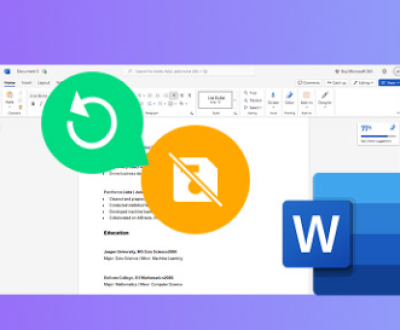Using an SD card as internal storage can significantly expand the available space on your Samsung device, allowing you to store more apps, photos, and files.
1. Benefits
Using an SD card as internal storage can be advantageous for several reasons:
Increased Storage Capacity: Most Samsung devices have limited internal storage. Using an SD card can help you store more applications and media files without worrying about running out of space.
Better Performance: When properly formatted, an SD card can enhance the performance of apps by providing a larger and faster storage area.
Cost-Effective: SD cards are relatively inexpensive compared to upgrading to a device with more internal storage.

2. Requirements for Using SD Card as Internal Storage
Before you begin the process, ensure you have the following:
A Compatible SD Card: It’s recommended to use a high-quality, Class 10 or UHS-1 SD card for optimal performance.
Samsung Device Running Android Marshmallow (6.0) or Higher: The feature to adopt an SD card as internal storage is available in Android Marshmallow and later versions.
Backup Your Data: Formatting the SD card will erase all data on it. Ensure you have backed up any important files.
3. Formatting the SD Card
Formatting the SD card is the first step to using it as internal storage. Here’s how to do it:
Insert the SD Card: Place the SD card into the designated slot on your Samsung device.
Open Settings: Navigate to the “Settings” app from your home screen or app drawer.
Go to Storage: Scroll down and select “Storage.”
Select the SD Card: Tap on your SD card’s name.
Format as Internal Storage:
Tap the three-dot menu (More) in the upper right corner.
Select “Format as Internal.”
Confirm your choice when prompted.
The device will now format the SD card as internal storage, which can take a few minutes.
4. Setting the SD Card as Internal Storage
After formatting, you can set the SD card as your device’s internal storage:
Choose the SD Card: After formatting, your device will prompt you to set it as internal storage.
Select “Move Now”: If prompted, you can choose to move data from your internal storage to the SD card. This is an optional step, but it can free up space on your device.
Finish Setup: Follow any additional prompts to complete the setup process.
5. Transferring Apps and Data
Once the SD card is set as internal storage, you can begin transferring apps and data:
Go to Settings: Open the “Settings” app.
Select Apps: Scroll down and select “Apps.”
Choose the App: Tap on the app you want to move to the SD card.
Select Storage: Tap on “Storage.”
Change Storage Location: If the option is available, select “Change” and choose “SD Card.” Confirm the action.
You can repeat this process for other apps to maximize the available space on your internal storage.
6. Managing Storage Efficiently
To keep your storage organized and efficient:
Regularly Check Storage Usage: Go to Settings > Storage to monitor your internal storage and SD card usage.
Clear App Cache: Periodically clear app caches to free up space. Go to Settings > Apps, select the app, and tap “Clear Cache.”
Uninstall Unused Apps: Remove apps that you no longer use to free up space.
7. Potential Issues and Solutions
While using an SD card as internal storage can be beneficial, you may encounter some issues. Here are common problems and solutions:
Performance Issues: If the SD card is slow, it may affect app performance. Ensure you use a high-speed SD card (Class 10 or UHS-1).
Data Loss: If the SD card is removed without unmounting, you may lose data. Always unmount the card from Settings > Storage before removal.
App Compatibility: Some apps may not function properly when moved to an SD card. If you experience issues, consider moving them back to internal storage.
About us and this blog
Panda Assistant is built on the latest data recovery algorithms, ensuring that no file is too damaged, too lost, or too corrupted to be recovered.
Request a free quote
We believe that data recovery shouldn’t be a daunting task. That’s why we’ve designed Panda Assistant to be as easy to use as it is powerful. With a few clicks, you can initiate a scan, preview recoverable files, and restore your data all within a matter of minutes.
Subscribe to our newsletter!
More from our blog
See all postsRecent Posts
- How to recover lost files on sd card 2025-07-18
- How do i recover a lost document in word 2025-07-18
- How to recover lost files on windows 10 2025-07-18

 Try lt Free
Try lt Free Recovery success rate of up to
Recovery success rate of up to









